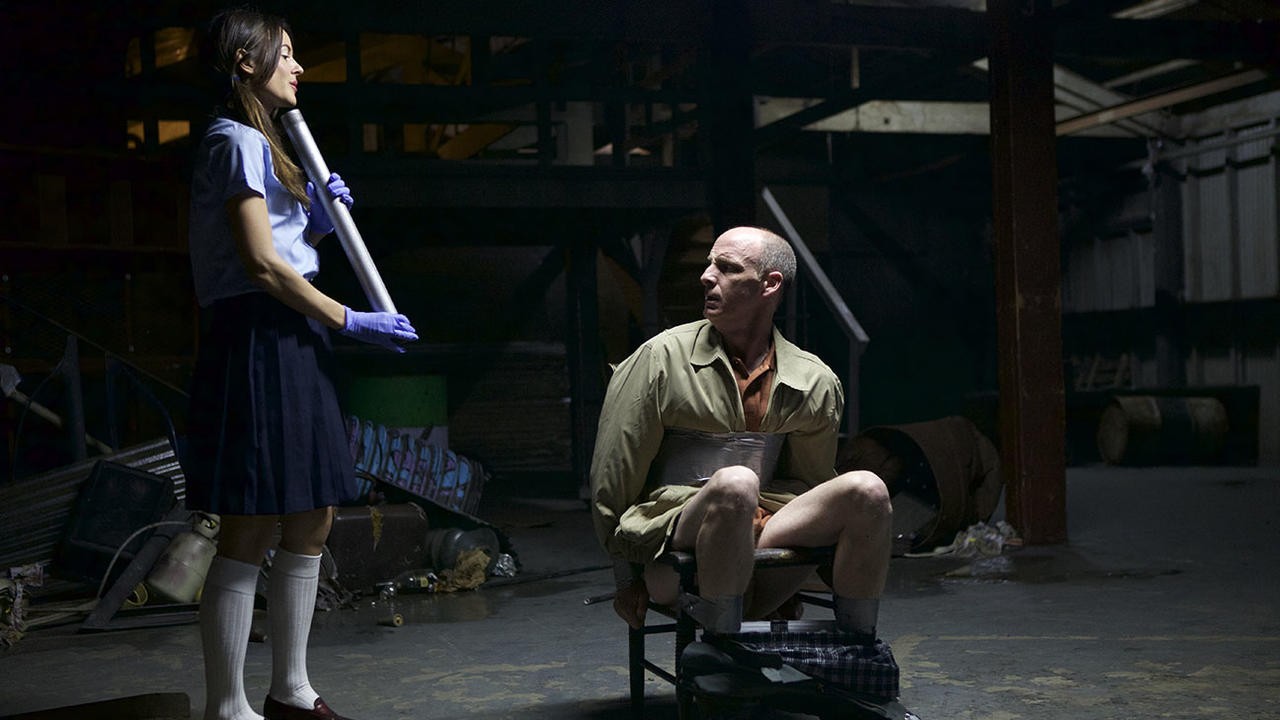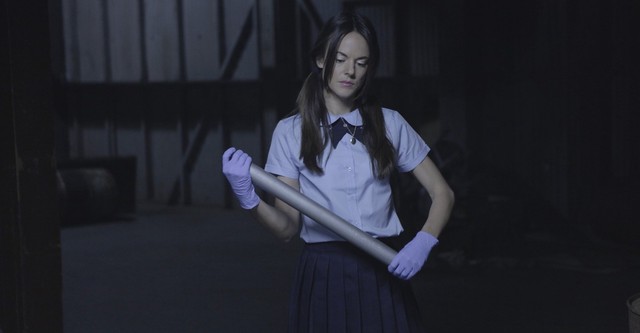I Spit on Your Grave III: Vengeance Is Mine (2015) – A Haunting Descent into Trauma and Retribution
Released in 2015, I Spit on Your Grave III: Vengeance Is Mine serves as a direct sequel to the 2010 remake of the infamous 1978 exploitation film. Directed by R.D. Braunstein, the third installment shifts from the gruesome rape-revenge formula of its predecessors to a more psychological exploration of trauma, justice, and vigilantism. This time, the story focuses on the aftermath rather than the act itself, offering a chilling character study of a survivor consumed by rage.
Sarah Butler reprises her role as Jennifer Hills, now living under a new identity and struggling to rebuild her life after the events of the first film. Years later, Jennifer still bears the psychological scars of her brutal assault and her own savage retaliation. She attends group therapy sessions with other survivors of sexual violence, attempting to process her pain and make peace with her past. However, as she listens to the stories of women who have suffered and received no justice, her own buried rage begins to resurface.

The film's narrative takes a darker turn when one of Jennifer’s close friends from the support group is murdered. Convinced that the justice system has failed once again, Jennifer begins to unravel, abandoning her attempts at healing in favor of a new mission: to hunt down predators and exact revenge herself. Her transformation from victim to vigilante is disturbing, gradual, and eerily plausible. No longer just a survivor, Jennifer becomes judge, jury, and executioner.
Unlike its predecessors, Vengeance Is Mine features far less explicit violence. Instead, it focuses on the psychological deterioration of its protagonist. The film spends significant time exploring Jennifer’s inner conflict, guilt, and emotional instability. This departure from graphic content may disappoint fans of the series’ notorious brutality, but it lends the film a more serious, introspective tone.

Sarah Butler’s performance anchors the film, bringing a haunting complexity to Jennifer. She portrays a woman teetering between empowerment and madness, struggling with the moral implications of her actions. The supporting cast, while not particularly memorable, provides context for Jennifer’s descent—especially the therapy group scenes, which add a layer of realism to the narrative.
Cinematically, the film maintains a bleak, gritty aesthetic. The muted color palette and shadow-heavy lighting mirror Jennifer’s mental state. The pacing is slow at times, prioritizing character development over shock value, but the tension builds steadily as Jennifer’s vigilantism becomes more daring and dangerous.
Critics were divided on the film. Some praised its shift toward psychological horror and character-driven storytelling, seeing it as a bold evolution of the franchise. Others criticized the lack of suspense and action compared to the earlier films. Still, many agreed that it delivers a thought-provoking examination of unresolved trauma, justice, and the blurred line between self-defense and vengeance.
In the end, I Spit on Your Grave III: Vengeance Is Mine is not just a continuation of a rape-revenge saga—it is a disturbing meditation on the emotional wreckage left behind. It challenges viewers to consider how far a victim can go before justice becomes vengeance, and whether such a path ever truly leads to peace.



